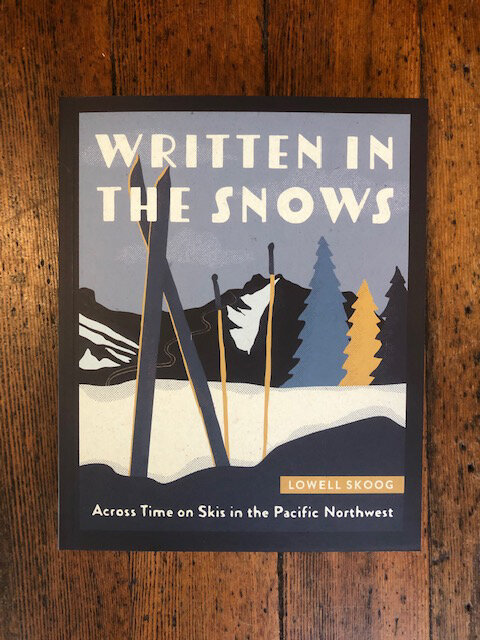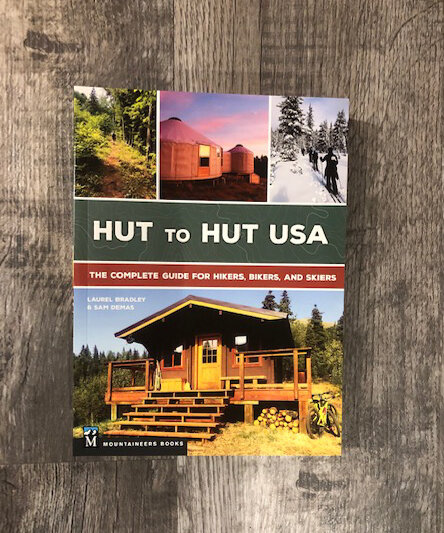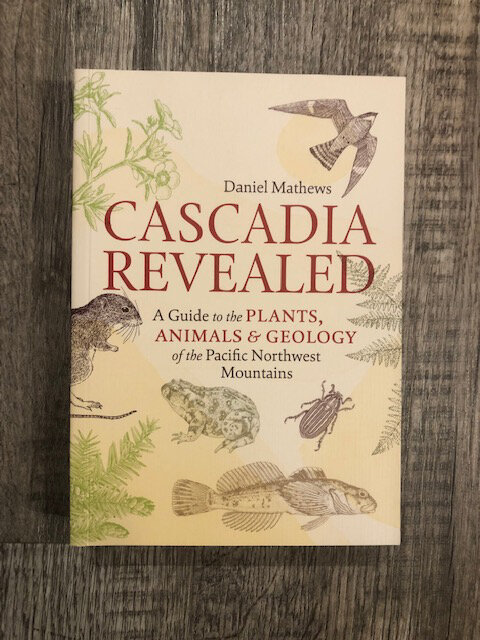
Written in the Snows: Across Time on Skis in the Pacific Northwest
Lowell Skoog
Mountaineers Books
As I was describing Lowell Skoog’s detail-rich chronicle “Written in the Snows: Across Time on Skis in the Pacific Northwest” to a fellow bookseller, he gave a knowing nod.
“It’s like Game of Thrones, but skiing!”
Mining archives and interviewing veteran skiers, Skoog has written a sweeping history of skiing in the Northwest, focusing on Washington. From miners wearing “Norwegian snowshoes” in the 1800s, through the development of ski mountaineering, establishment of lodges and resorts, and the thrill-seeking, high-risk skiers, it is as comprehensive a history of skiing in the region one could hope to find.
The book weaves the history of skiing with that of the Pacific Northwest, drawing out how the Scandinavian idea of frilutsliv, or open-air living, is part of our regional culture.
The cast of characters is dizzying, a parade of explorers, mountaineers, racers, developers, soldiers and rescuers. Their stories make the book feel more like a saga than a reference book. A group of young Depression-era skiers go to work in their ski clothes the next day after the train leaves them behind in the mountains. Newlyweds man the Three Fingers Lookout where lightning electrifies the cables holding the tiny building to the summit, and use short skis to fly across the snowfield for supplies. Ski patrol volunteers defuse bombs on Navy planes crashed high in the Olympic Mountains.
“Human-powered skiing” and ski mountaineering are the focus of the book, but it also chronicles the development of ski resorts and the evolution of equipment, such as the emergence of the snowboard and the role of Mt. Baker as the cradle of the popular sport.
In making “Written in the Snows,” Skoog spent 20 years researching and occasionally reviving skiing history. He helped bring back the Patrol Race, a 20-mile race from Stampede Pass to Snoqualmie Pass, founded in the 1930s by The Mountaineers, a nonprofit organization. After tracking down tin markers on trees to establish the original route, he led a group on the race route, getting a send off from Wolf Bauer whose 1936 record for the race still stood. “The trick is to die young,” Bauer advised the group, “as late as possible.” In 2016, Skoog was part of the team that broke Bauer’s record in the revived Patrol Race, a month after Bauer’s death at 103.
As passionate as it is meticulous, and filled with wonderful photographs, the book is a celebration of a sport that one young convert in 1938 described in a letter to Scholastic as “like the measles. I was exposed about three years ago to the most glorious winter sport there is,” and it kept spreading.
 Hut to Hut USA: The Complete Guide for Hikers, Bikers and Skiers
Hut to Hut USA: The Complete Guide for Hikers, Bikers and Skiers
Laurel Bradley and Sam Demas
Mountaineers Books
When I think of a system of shelters strung along the mountaintops welcoming weary trekkers I think of the European Alps, or maybe the Appalachian Trail. “Hut to Hut USA” introduced me to hut systems in our own backyard.
Author Sam Demas is a self-professed “hut nut,” bitten by the hut bug after a 42-day walk in the Alps. He and coauthor Laurel Bradley explored Europe, South America and New Zealand on foot, hut to hut, and then turned their boots homeward only to find information about hut systems in the U.S. was scarce. Demas started www.hut2hut.info to share what he learned visiting hut systems and interviewing owners, operators and users.
“Hut to Hut USA” is a guide to 16 hut systems in the U.S. and a tool for planning your own hut adventure. It is also an introduction to hut culture, from the zen of a multi-day walk, bike or ski, to the sense of community sharing a rustic shelter with fellow travelers.
Close to home are the Rendezvous Huts, part of the Methow Trails near Winthrop, Washington. The Methow Trails offer 125 miles of groomed cross-country ski trails. The 21-mile, four day, three night itinerary described in the book is appropriate for novice to intermediate skiers. The cozy wood framed huts accommodate 8 to twelve people.
Mount Tahoma Trails near Ashford, Washington accommodate skiers in winter and hikers in summer. There are four huts that, according to Demas, “defy notions of modest scale and rudimentary amenities conjured by the term hut.” They even have hut slippers!
 Cascadia Revealed: A Guide to the Plants, Animals and Geology of the Pacific Northwest Mountains
Cascadia Revealed: A Guide to the Plants, Animals and Geology of the Pacific Northwest Mountains
Daniel Mathews
Timber Press
We have a whole wall of field guides and natural histories of the Pacific Northwest in our bookstore, so why add another one? Because, while Cascadia Revealed is both of those things in one sturdy volume, it is also a rich and thoughtful trailside reader. Beyond answering the question “what is that?” author Daniel Mathews shares the stories of the plants, animals and people of the region.
Under the entry for Douglas squirrel, you can learn that in late summer the ubiquitous treetop chatterer harvests young Douglas fir cones, running along branches, “nipping off cones, 12 per minute,” so the green cones drop with their seeds still inside. Then they haul them off to cold storage in a hole in the ground, a cavity under a tree, to be nibbled at later.
In the lupine section, Mathews tells that Alpine lupines were the first prolific colonists of the ash fields after the eruption of Mount Saint Helens, likely growing from scraps of root left after the blast since their pea-shaped seeds wouldn’t have come in on the wind. The nitrogen-fixing bacteria that live in the plant’s roots gave it a strong advantage in nutrient poor ash.
The Makah practice of using Indian Paintbrush to lure hummingbirds into traps for use as charms for whaling is a distinctive addition to the entry for that group of plants.
Sprinkled throughout the guide are biographical snapshots of naturalists and explorers that studied our region, as well as practical advice such as how to avoid mosquito bites.
Filled with solid science and irresistible whimsy, having Cascadia Revealed along on your adventures in the Northwest mountains is like popping a charming and knowledgeable friend in your pack. x
Meg Olson is the co-owner of the Kingfisher Bookstore in Coupeville, which has a bit of everything but specializes in the natural and human history of the Pacific Northwest. She likes to explore, in person or on pages.